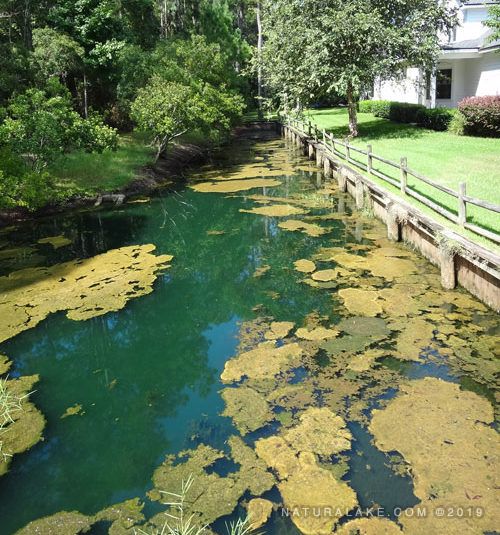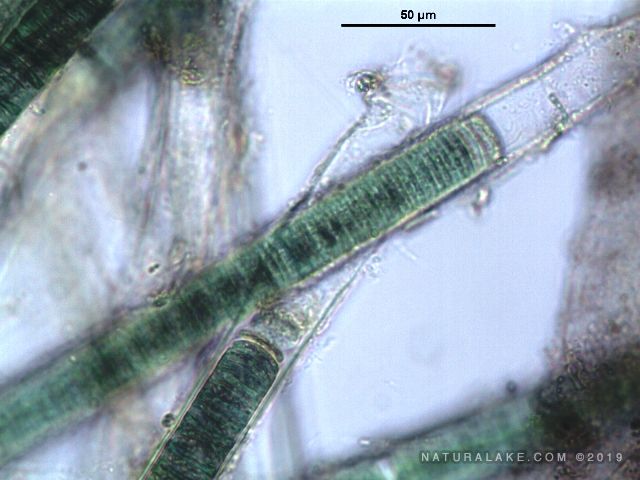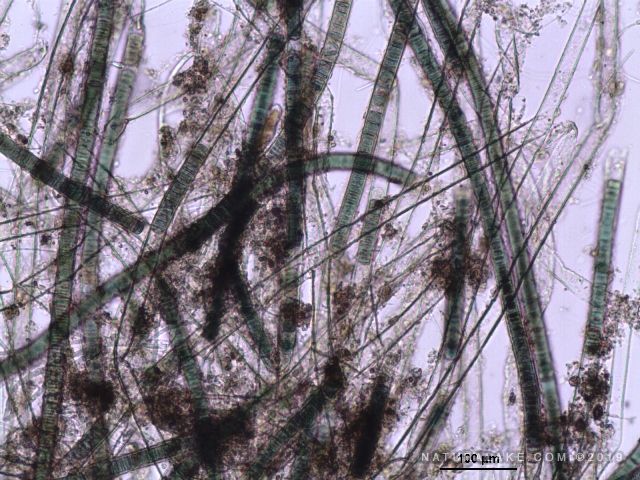A Scientific Solution to Beating Lyngbya
What is Lyngbya ?
In the scientific world, it is a filamentous cyanobacteria with long unbranching filaments inside a mucilaginous sheath. In the real world, Lyngbya is an aquatic professional’s worst nightmare. It is aggressive and difficult to control.



Microscopic images of Lyngbya filaments recorded in our laboratory
How to Control Lyngbya
The first step to controlling Lyngbya is preparing for a long battle. The second step is to make sure you have the proper combination of weapons and technology. The third step is implementing a strategy that fits your water body and being prepared to adjust the strategy as needed.

